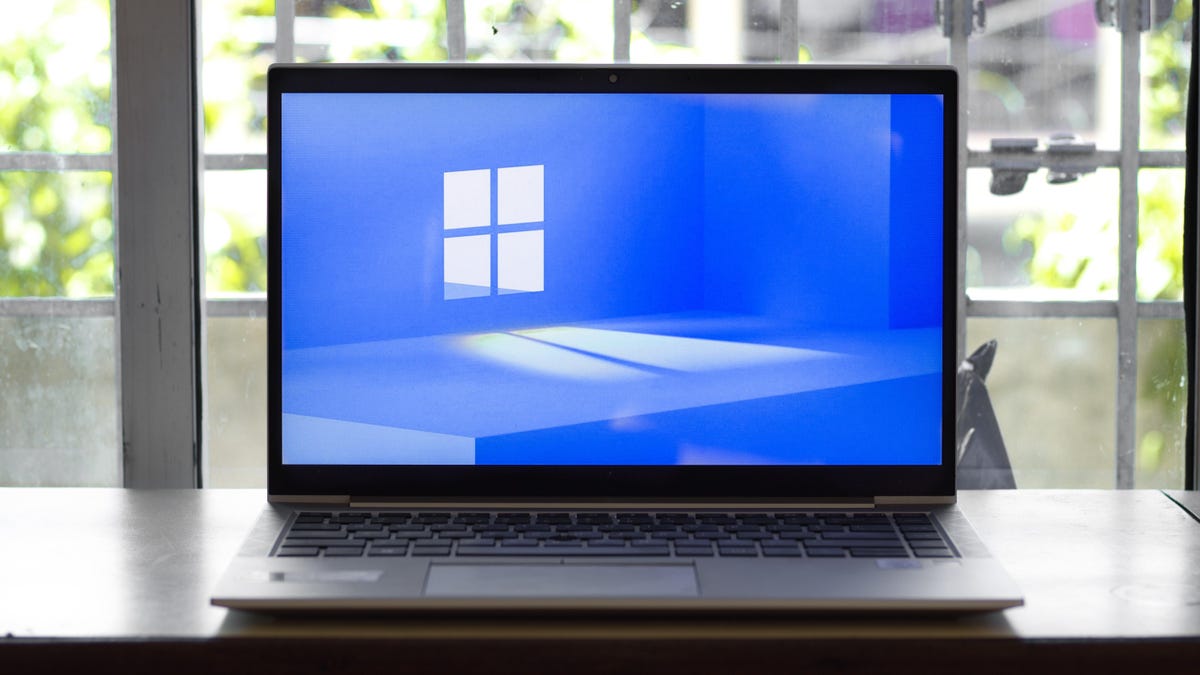The Best Places to Install Carbon Monoxide Detectors
Keep yourself safe by placing your carbon monoxide detectors in these areas.

We may earn a commission from links on this page.

Credit: Molenira/Shutterstock
Carbon monoxide can be more of a risk during the winter; doors and windows tend to remain closed, and there can be periods where there isn’t as much air circulation as there is during warmer months. Also, furnaces, stoves, water heaters, wood-burning stoves, and fireplaces all tend to get used more during the winter, so the risk of carbon monoxide build-up indoors is heightened. Since carbon monoxide has no odor or color, you can succumb to CO poisoning without realizing it’s happening, which is why detectors are so important.
Where to place your CO detectors
At a minimum, you should install a battery-operated or battery back-up CO detector at every level of your home, just as you would a smoke detector. The CDC recommends placing one carbon monoxide detector in each sleeping area of your home because it’s less likely that you will notice the effects of CO poisoning while asleep. A CO detector should be placed within 20 feet of every fuel-burning appliance in your home as well, as these are the source of carbon monoxide leaks. Make sure that carbon monoxide detectors are unobstructed, and installed per the manufacturer's instructions, so that they can work correctly.
Where not to place your CO detectors
Because all wood, gas, or oil-burning appliances will produce some carbon monoxide, it’s not a good idea to place a standard CO alarm on a chimney or directly above a stove or fireplace. However, putting a detector five to 20 feet from your fuel-burning appliance will allow you to assess whether your chimney or ventilation system is working to evacuate excess CO from inside your home. Another place to avoid putting a CO detector is in a closet or other enclosed area—a blocked CO detector might not read ambient CO in the environment.
What kind of detector should you use?
You should always choose a carbon monoxide alarm from a trusted brand with an Underwriter Laboratories (UL) or Intertek (ETL) label. A carbon monoxide detector with a digital readout can give you a reading of the CO level in your house along with an alarm to alert you when it gets too high. This can help you when you need to treat someone for CO exposure as well as help assess the cause of your CO emergency. A CO alarm with a digital readout will also tell you when it’s time for it to be replaced by signaling “end” on the display.
How often should you change the batteries in CO alarms?
You should change the batteries in your carbon monoxide alarm every six months. To remember to do it on time, change batteries in all your detectors, including smoke and CO detectors, when you reset your clocks for daylight saving time. If you live in a state that doesn’t participate in daylight saving time, you’ll have to set a reminder on your calendar.
How often do CO detectors need to be replaced?
You should replace your carbon monoxide alarm every five years, or sooner if the manufacturer recommends it. This is because if your CO alarm wears out, it won’t be effective at alerting you to potential danger. Similarly to smoke alarms, CO alarms should be updated to meet current safety standards every few years. If you have a model that doesn’t come with a display to tell you when to replace it, set yourself a reminder to make sure you remember to swap it out.

 Tekef
Tekef 

























![Is Your SEO Strategy Built for the AI Era? [Webinar] via @sejournal, @hethr_campbell](https://www.searchenginejournal.com/wp-content/uploads/2025/07/6b-240.png)






